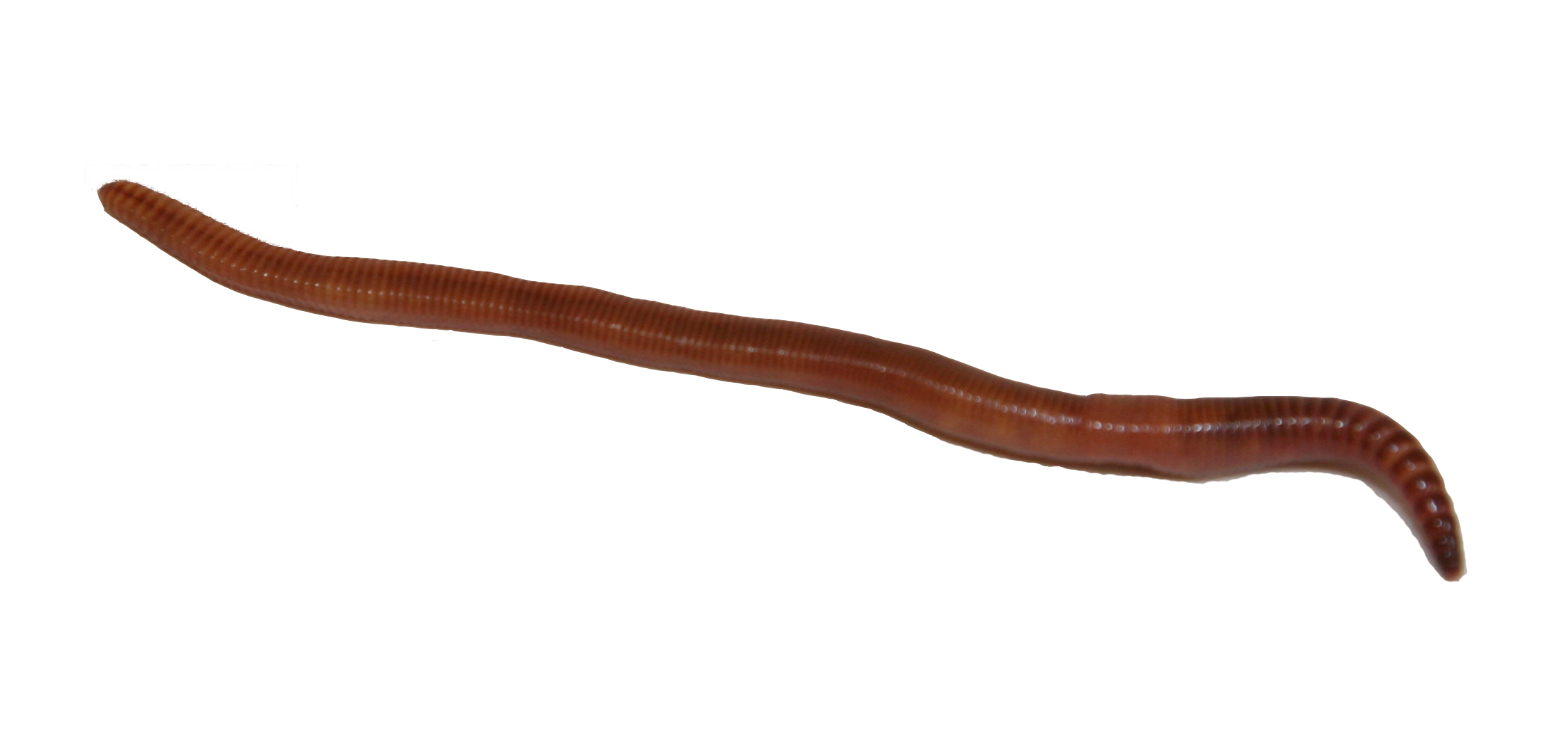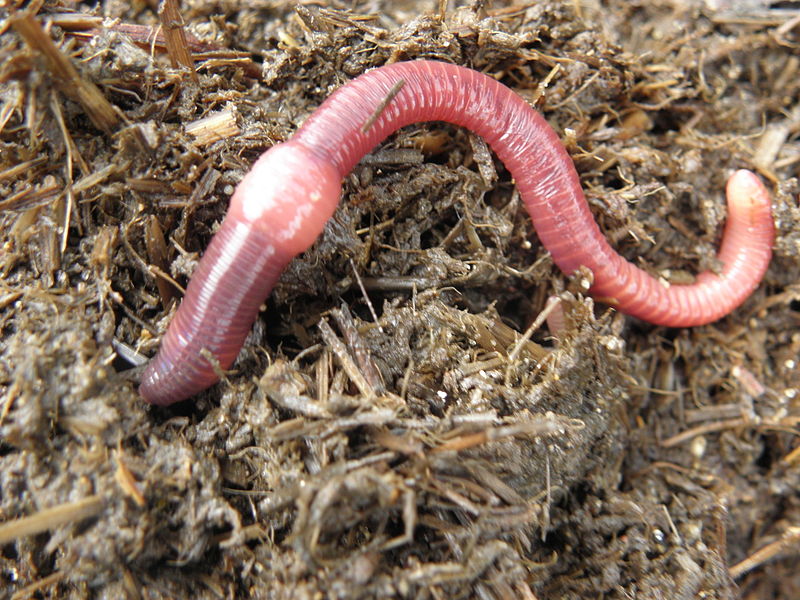Red Wigglers: Your Eco-Friendly Solution for a Greener Yard
Red wigglers, or Eisenia fetida, provide a sustainable method to boosting yard wellness through vermicomposting. These worms not just assist in the failure of organic waste however also add to boosted dirt structure and fertility. By incorporating red wigglers into your gardening techniques, you can successfully take care of waste while nurturing a vibrant ecosystem (red worms). The advantages prolong beyond plain composting; recognizing the nuances of their care and optimum use can considerably raise your gardening efforts. What crucial methods can ensure your vermicomposting system flourishes while optimizing its influence on your garden's vitality?
(Lake James Bait)
What Are Red Wigglers?
Although often mistaken for regular earthworms, red wigglers (Eisenia fetida) are a distinctive types understood for their effectiveness in composting natural issue. These worms prosper in rich, natural environments, such as compost stacks and vermicomposting systems, where they play a critical function in damaging down waste. Unlike their more common counterparts, red wigglers favor a warmer environment, commonly between 55 ° F and 77 ° F, which maximizes their activity and efficiency.
Red wigglers are identified by their reddish-brown pigmentation and segmented bodies, which can mature to four inches in size. They possess an one-of-a-kind capacity to eat and digest natural materials at an excellent rate, processing as much as half their body weight daily. This quick decomposition procedure not just improves the soil but also adds to the total wellness of the garden community.
In terms of recreation, red wigglers are prolific, efficient in producing cocoons which contain several eggs. This enables for quick populace growth, making them an excellent choice for composting undertakings. Their adaptability and starved cravings for natural waste placement red wigglers as a necessary ally for eco aware garden enthusiasts looking for lasting methods.
Advantages of Utilizing Red Wigglers
Utilizing red wigglers in the yard provides various advantages that boost both dirt top quality and plant health and wellness. These earthworms are outstanding decomposers, breaking down organic issue such as kitchen area scraps and yard waste into nutrient-rich castings. These castings, frequently referred to as "worm gold," supply essential nutrients that enhance dirt fertility, promoting vibrant plant growth.
Red wigglers also boost dirt framework. The existence of red wigglers raises microbial activity in the dirt, creating a prospering community that adds to illness resistance and boosted plant wellness.
One more substantial advantage of utilizing red wigglers is their capability to lower waste. By composting organic products with vermicomposting, garden enthusiasts can important link divert waste from landfills while all at once enhancing their dirt. This environmentally friendly method not just supports lasting methods yet additionally cultivates a much healthier environment. In summary, integrating red wigglers right into horticulture methods returns considerable advantages, making them a beneficial enhancement to any eco-conscious yard.
(red wigglers)
How to Start Vermicomposting
To start vermicomposting, it's crucial to produce a suitable environment for red wigglers to flourish, as their success directly affects the efficiency of the composting process. Beginning by picking a container, such as a plastic or wood container, with ample drain and ventilation. A dimension of approximately 2 square feet is suitable for a house, enabling a convenient worm populace.
Next, prepare bedding product that is damp but not overly damp. Shredded paper, cardboard, and coconut coir are exceptional choices, offering a comfortable environment while additionally functioning as a carbon resource. Load the container with 4 to 6 inches of bed linens.
After developing the bedding, present your red wigglers. A typical beginning populace has to do with 1 extra pound of worms, which can consume around half an extra pound of food scraps daily. It is essential to include food scraps progressively, focusing on veggie peelings, fruit waste, and coffee grounds, while avoiding meat, milk, and oily foods to avoid odors.
Keeping a Healthy And Balanced Worm Container
Once your red wigglers are cleared up right into their brand-new bed linen, maintaining a healthy and balanced worm bin comes to be extremely important to make sure optimal composting conditions. Ideally, the worm container should be kept damp however not soggy; a moisture degree around 60-70% is ideal.
Temperature level control is just as crucial. Red wigglers grow in settings between 55 ° F and 77 ° F(13 ° C to 25 ° C) Avoid revealing the container to severe temperatures; severe warm can kill the worms, while excessive cold can slow their task.
Aeration is important to stop anaerobic problems, which can result in unpleasant odors and hurt the worms. Turn the bed linen gently every couple of weeks to promote airflow and disperse food uniformly.
Feeding your red wigglers is one more vital element. Deal a balanced diet plan of cooking area scraps, preventing citrus and spicy foods, which can be detrimental to their health. By frequently keeping track of these factors, you can make sure a successful ecosystem within your worm container.

Tips for Utilizing Worm Spreadings
Consistently incorporating worm castings right into your garden can dramatically improve soil health and plant growth. To efficiently utilize worm castings, begin by determining the suitable application rate, which generally varies from 10-20% of the complete soil volume. This ensures optimal nutrient availability without frustrating your plants.
When applying worm castings, blend them right into the leading few inches of soil around well-known plants or include them into your seed-starting mix for new seedlings. Additionally, take into consideration developing a worm tea by steeping worm spreadings in water for 24-48 hours.

Verdict
The usage of red wigglers in gardening techniques provides a sustainable strategy to throw away monitoring and dirt enrichment. The assimilation of red wigglers into gardening regimens inevitably supports both environmental balance and agricultural productivity. red worms.